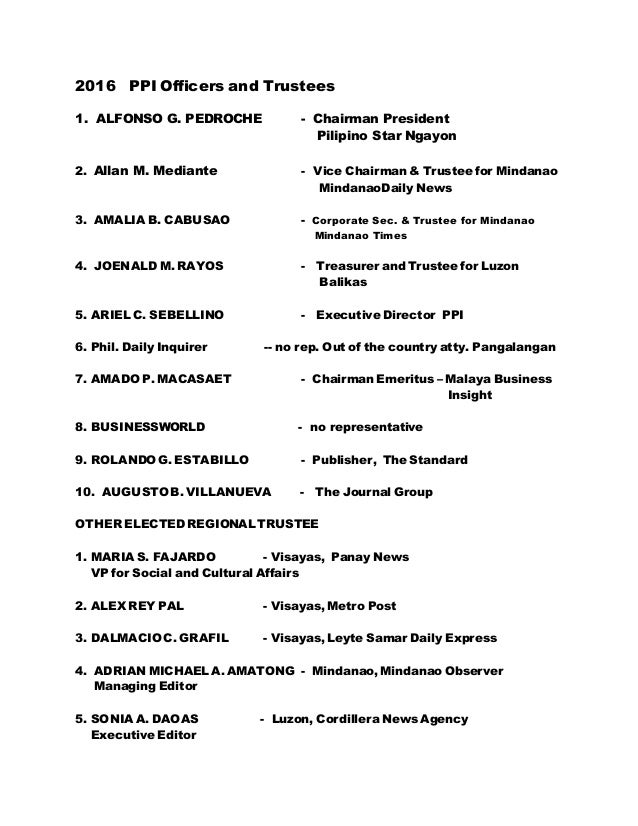Download Style Alex 2018 Ppi
Supplementary Figure 2 Anti-inflammatory effects of PPIs: PPIs may decrease esophageal eosinophilia in EoE. Different properties of PPI may explained the anti-inflammatory effect of PPI observed in PPI-RE patients: 1) PPIs can inhibit inflammatory functions such as oxidative burst, cell migration, and phagocytosis.

Berkuliah.com-Ingin Tahu Ketua PPI India Pengalaman Berkesan Kuliah di India dari Agoes Aufiya. Buku Kompilasi Nilai Positif bagi Indonesia dari PPI Dunia. May 13, 2018; PERHELATAN WONDERFUL INDONESIA 2018 DI ALIGARH April 20, 2018; Kuliah Murah di Jawaharlal Nehru University (JNU): Ikuti Tips-Tips Lulus Ujian Tertulis Bersama bang.
PPIs also inhibit the expression of intercellular adhesion molecule-1 and vascular cell adhesion molecule-1 recognized by ligands on the eosinophil cell surface. 2) Sulfenamides are the acid activated compounds derived from PPI.

They inhibit parietal cell H +-K +ATPases (proton pumps) also expressed by inflammatory cells (including eosinophils). 3) Acidic milieu has been shown to increase eotaxin-3 release from esophageal epithelial cells. 4) PPI blocked IL-13 and IL-4 stimulated increase in eotaxin-3 mRNA expression and protein secretion through the signal transducer and activator of transcription 6 and RNA polymerase II binding to the eotaxin-3 promoter. 5) PPIs might reduce esophageal eosinophilia by restoring esophageal mucosal barrier integrity characterized in part by dilated intercellular spaces (DIS) which render the esophageal mucosa permeable to swallowed antigens linked to the Th2 response. EoE should be diagnosed when there are symptoms of esophageal dysfunction and at least 15 eosinophils per high-power field (or approximately 60 eosinophils per mm 2) on esophageal biopsy and after a comprehensive assessment of non-EoE disorders that could cause or potentially contribute to esophageal eosinophilia.
The evidence suggests that PPIs are better classified as a treatment for esophageal eosinophilia that may be due to EoE than as a diagnostic criterion, and we have developed updated consensus criteria for EoE that reflect this change. To provide clarity for research studies and clinical care, x 1 Dellon, E.S., Aderoju, A., Woosley, J.T., Sandler, R.S., and Shaheen, N.J. Variability in diagnostic criteria for eosinophilic esophagitis: a systematic review. How to open .sif extension file. Am J Gastroenterol.
2007; 102: 2300–2313 , x 2 Sperry, S.L., Shaheen, N.J., and Dellon, E.S. Toward uniformity in the diagnosis of eosinophilic esophagitis (EoE): the effect of guidelines on variability of diagnostic criteria for EoE. Am J Gastroenterol. 2011; 106: 824–833 the first diagnostic guidelines on eosinophilic esophagitis (EoE) were published in 2007 and updated in 2011. X 3 Furuta, G.T., Liacouras, C.A., Collins, M.H.
Eosinophilic esophagitis in children and adults: a systematic review and consensus recommendations for diagnosis and treatment. 2007; 133: 1342–1363 , x 4 Liacouras, C.A., Furuta, G.T., Hirano, I. Eosinophilic esophagitis: updated consensus recommendations for children and adults. J Allergy Clin Immunol. 2011; 128: 3–20.e6 EoE was defined as a clinicopathologic condition that was immune or antigen driven and was characterized clinically by symptoms of esophageal dysfunction and histologically by ≥15 eosinophils per high power field (eos/hpf), with expert consensus determining that the best approach to rule out inflammation related to gastroesophageal reflux disease (GERD) would be with either high-dose proton pump inhibitor (PPI) treatment for 8 weeks or pH monitoring. At that time, EoE and GERD were believed to be mutually exclusive.